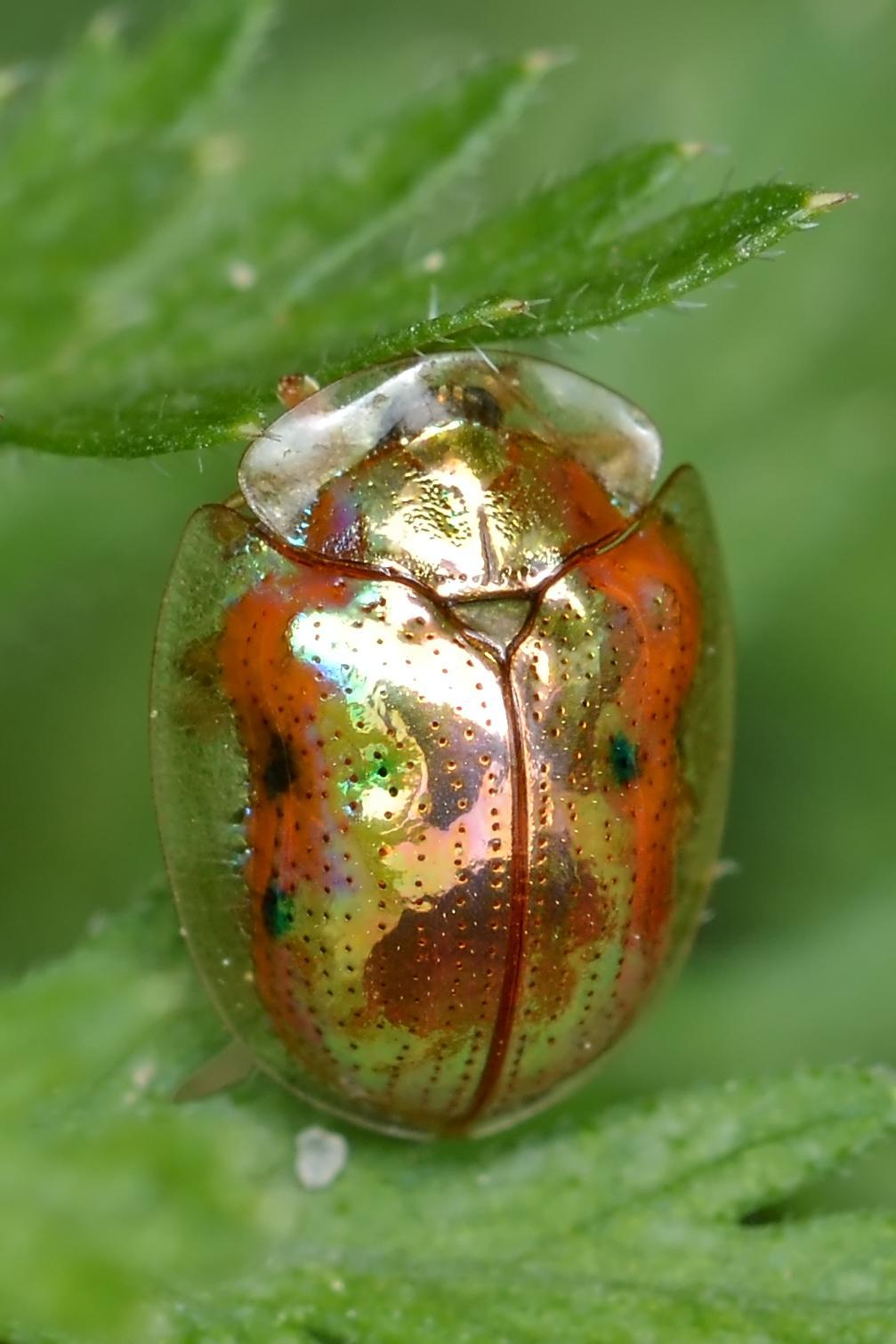Golden Tortoise Beetle (Charidotella sexpunctata)
#Beetle #Coleoptera #ArtWithOpenSource #Darktable #CCBYSA #Insect #Insects #TortoiseBeetle #TortoiseBeetles #Beetles #Animal #Animals #Wildlife #WildlifePhotography #Nature #NaturePhotography #PicOfTheDay #PhotoOfTheDay #Photography






